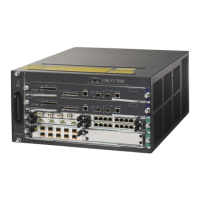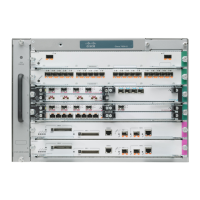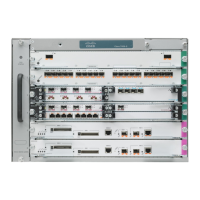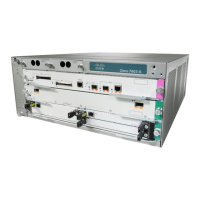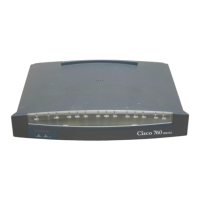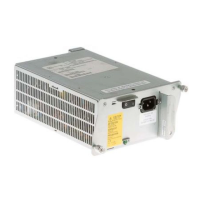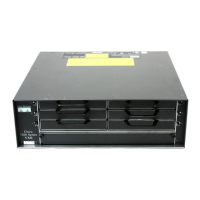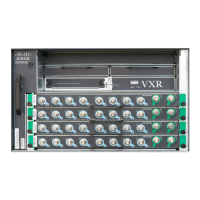20-2
Cisco 7600 Series Router Cisco IOS Software Configuration Guide—12.1E
78-14064-04
Chapter 20 Configuring IPX Unicast Layer 3 Switching on Supervisor Engine 1
Understanding How IPX MLS Works
Understanding How IPX MLS Works
These sections provide an overview of MLS and describe how MLS works:
• IPX MLS Overview, page 20-2
• IPX MLS Flows, page 20-2
• Layer 3 MLS Cache, page 20-2
• Flow Masks, page 20-3
• Layer 3-Switched Packet Rewrite, page 20-3
• IPX MLS Operation, page 20-4
IPX MLS Overview
IPX MLS provides high-performance hardware-based Layer 3 switching for Cisco 7600 series routers.
IPX MLS switches unicast IPX data packet flows between networks using advanced application-specific
integrated circuit (ASIC) switching hardware, offloading processor-intensive packet routing from
network routers.
The packet forwarding function is moved onto Layer 3 switches whenever a partial or complete switched
path exists between two hosts. Packets that do not have a partial or complete switched path to reach their
destinations are still forwarded by routers. Standard routing protocols, such as Routing Information
Protocol (RIP), Enhanced Interior Gateway Protocol (EIGRP), and NetWare Link Services Protocol
(NLSP), are used for route determination.
IPX MLS Flows
Layer 3 protocols, such as IP and IPX, are connectionless—they deliver every packet independently of
every other packet. However, actual network traffic consists of many end-to-end conversations, or flows,
between users or applications.
A flow is a unidirectional sequence of packets between a particular source and destination that share the
same protocol and network-layer information. Communication from a client to a server and from the
server to the client are separate flows.
Flows are based only on Layer 3 addresses, which allow IPX traffic from multiple users or applications
to a particular destination to be carried on a single flow if only the destination IPX address is used to
identify a flow.
Layer 3 MLS Cache
The Policy Feature Card (PFC) maintains a Layer 3 switching table (MLS cache) for the
Layer 3-switched flows. The cache includes entries for traffic statistics that are updated as packets are
switched. After the MLS cache is created, packets identified as belonging to an existing flow can be
Layer 3 switched based on the cached information. The MLS cache maintains flow information for all
active flows.
An IPX MLS cache entry is created for the initial packet of each flow. Upon receipt of a packet that does
not match any flow currently in the MLS cache, a new IPX MLS entry is created.

